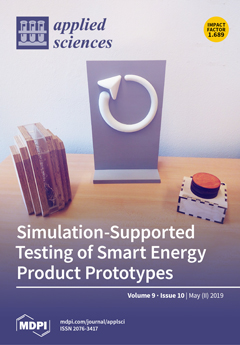The aim of the study was to determine the still not completely described microbiome associated with the aquatic fern
Azolla filiculoides. During the experiment, 58 microbial isolates (43 epiphytes and 15 endophytes) with different morphologies were obtained. We successfully identified 85% of
[...] Read more.
The aim of the study was to determine the still not completely described microbiome associated with the aquatic fern
Azolla filiculoides. During the experiment, 58 microbial isolates (43 epiphytes and 15 endophytes) with different morphologies were obtained. We successfully identified 85% of microorganisms and assigned them to 9 bacterial genera:
Achromobacter,
Bacillus,
Microbacterium,
Delftia,
Agrobacterium, and
Alcaligenes (epiphytes) as well as
Bacillus,
Staphylococcus,
Micrococcus, and
Acinetobacter (endophytes). We also studied an
A. filiculoides cyanobiont originally classified as
Anabaena azollae; however, the analysis of its morphological traits suggests that this should be renamed as
Trichormus azollae. Finally, the potential of the representatives of the identified microbial genera to synthesize plant growth-promoting substances such as indole-3-acetic acid (IAA), cellulase and protease enzymes, siderophores and phosphorus (P) and their potential of utilization thereof were checked.
Delftia sp. AzoEpi7 was the only one from all the identified genera exhibiting the ability to synthesize all the studied growth promoters; thus, it was recommended as the most beneficial bacteria in the studied microbiome. The other three potentially advantageous isolates (
Micrococcus sp. AzoEndo14,
Agrobacterium sp. AzoEpi25 and
Bacillus sp. AzoEndo3) displayed 5 parameters: IAA (excluding
Bacillus sp. AzoEndo3), cellulase, protease, siderophores (excluding
Micrococcus sp. AzoEndo14), as well as mineralization and solubilization of P (excluding
Agrobacterium sp. AzoEpi25).
Full article





